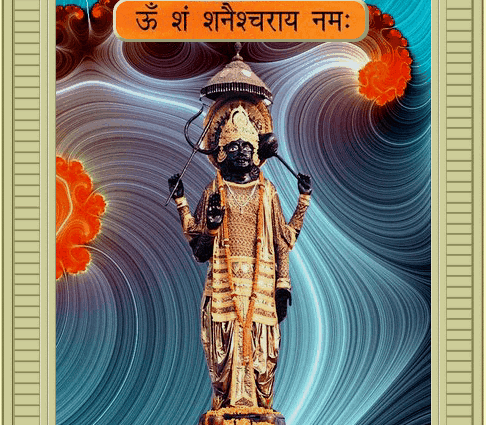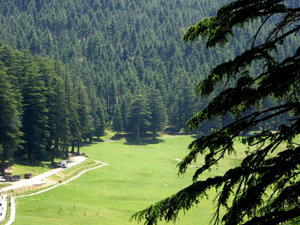India plays a host to numerous tribal cuture. One of its vibrant state Gujarat has nourished a very unusual tribal community “Siddi”. Siddi Tribe- an African tribe that is settled in the nearby town of Junagadh. The quaint village of Sirvan is inhabited entirely by Siddis who were supposedly brought here as slaves 300 years ago from Africa, by the Portuguese for the Nawab of Junagadh. , Siddi Tribe of Gujrat is also reckoned as the lost tribe of Africa.
 |
| Siddi Tribe |
 |
| Woman of Siddi Tribe |
 |
| Members of Siddi Tribe in Gujrat |
In the western Indian state of Gujarat - where most Sidis live - the community has lost touch with its roots. The village of Jambur, deep in the Gir forest, is one of two exclusively Sidi settlements. It is miserably poor. Their forbears came from Africa. But they have lost any knowledge of African languages, and don't know where exactly their ancestors came from or why they settled in India. The only remnant they retain of their African lineage is their music and dance.
 |
| Folk Dance of Siddi Tribe |
History of Siddi TribeIn the period of 11th to 19th century, the ancestors of these Siddi tribes have migrated to several places of Gujrat. To be specific, knowing the strength and power of these Siddi tribes, all the royal kings of India hired most of these Sidditribes and there was a huge infiltration of the Siddi tribes from foreign lands. It is an ethnic group having Black African descent. It has been said that African ancestors of this tribe community came along to India during the 10th century with Arab merchants.In spite of their reputations as fine fighters, several of these Siddi tribes worked as domestics servants ans as labours in the farmlands. In order to create their own separate communities, a handful of these Siddi tribes also took refuge in the interiors of the forest area. Much later in the beginning of the 20th century, in the provinces of Jnajira and jafrabad, small Siddi lands are formed. This Janjira Islands was also called Habshan, implying to be the land of the Habshis.
 |
| Dhamal Dance By Siddi Tribe |
While they are culturally assimilated, there has been little, if any, intermarriage between tribals and others in the areas they live in and hence they have remained a distinct community. They have also faced discrimination and isolation. In Saurashtra, they are the only tribal community and are at the bottom rungs of the social hierarchy. They are an extremely impoverished community and either live off the land inside forest areas or are employed as agricultural labourers.
The numbers and status of the Siddis – the only known group of African descendants has been dwindling rapidly. Though the government has made some attempt, but their long term survival is a question.
In sum, the Siddis constitute a unique element in the diverse society that is India.While facilitating the preservation of their unique culture and allowing them to retain whatever level of distinctiveness they wish to retain, it is incumbent upon our Governments and socieites at large to help this community develop and gain access to modern education and employment.




















































